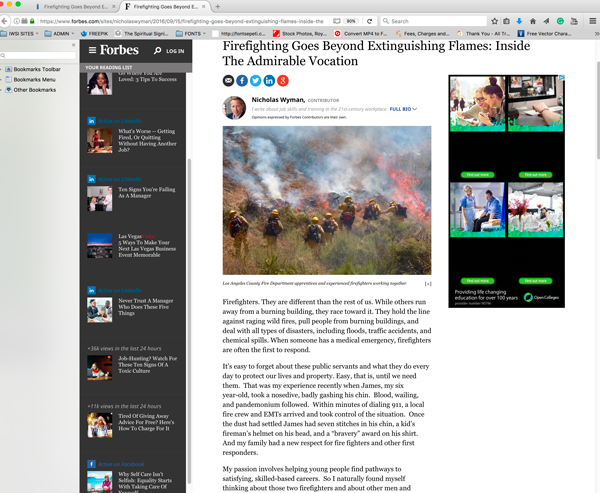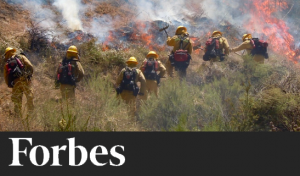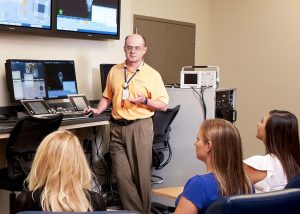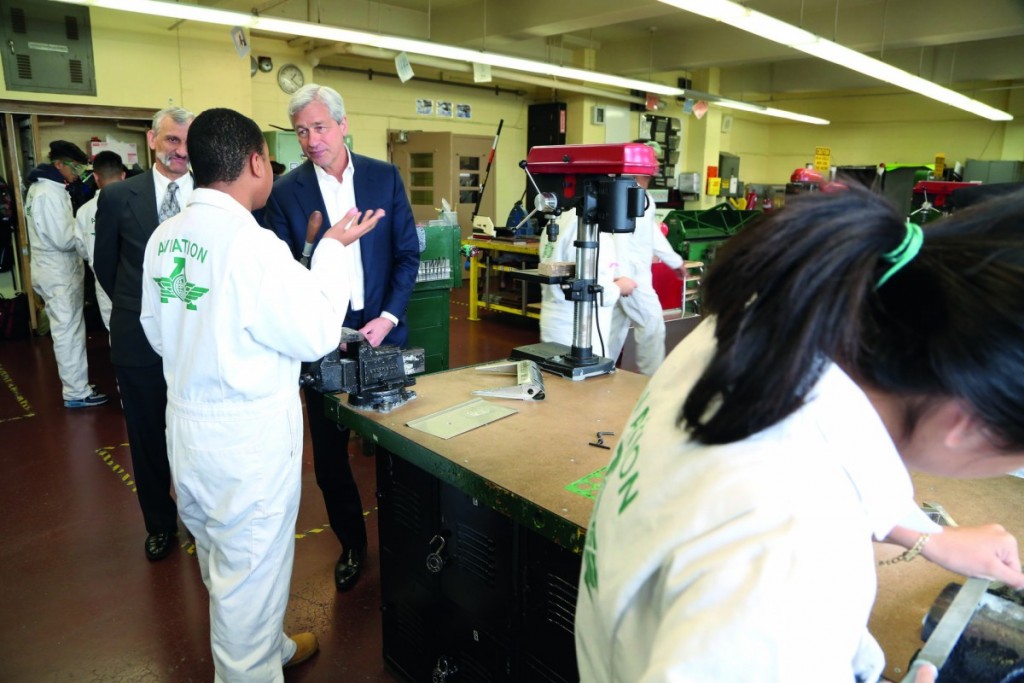
by Nicholas Wyman | September 15 | Forbes
Firefighters. They are different than the rest of us. While others run away from a burning building, they race toward it. They hold the line against raging wild fires, pull people from burning buildings, and deal with all types of disasters, including floods, traffic accidents, and chemical spills. When someone has a medical emergency, firefighters are often the first to respond.
It’s easy to forget about these public servants and what they do every day to protect our lives and property. Easy, that is, until we need them. That was my experience recently when James, my six year-old, took a nosedive, badly gashing his chin. Blood, wailing, and pandemonium followed. Within minutes of dialing 911, a local fire crew and EMTs arrived and took control of

the situation. Once the dust had settled James had seven stitches in his chin, a kid’s fireman’s helmet on his head, and a “bravery” award on his shirt. And my family had a new respect for fire fighters and other first responders.






